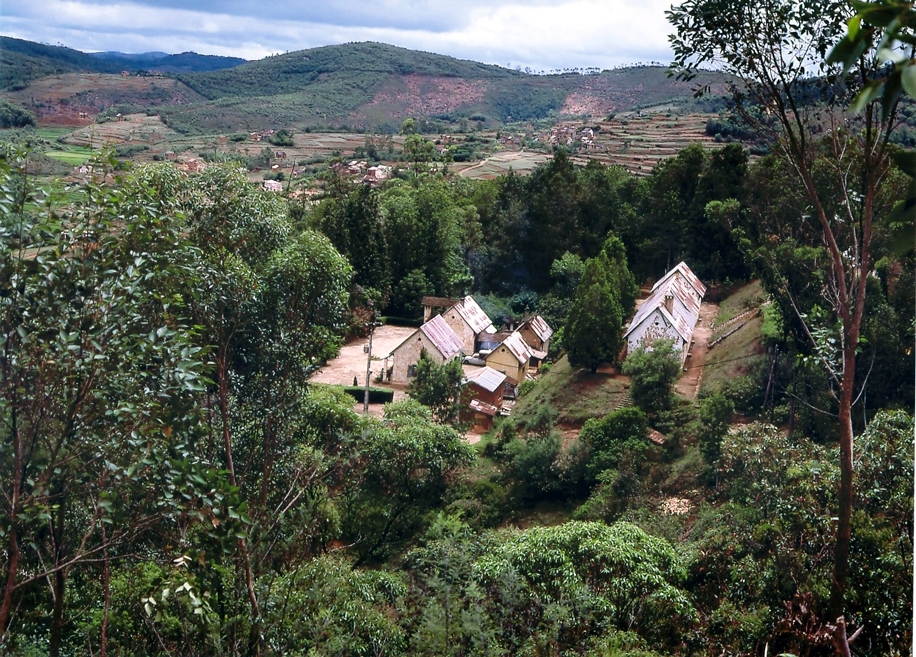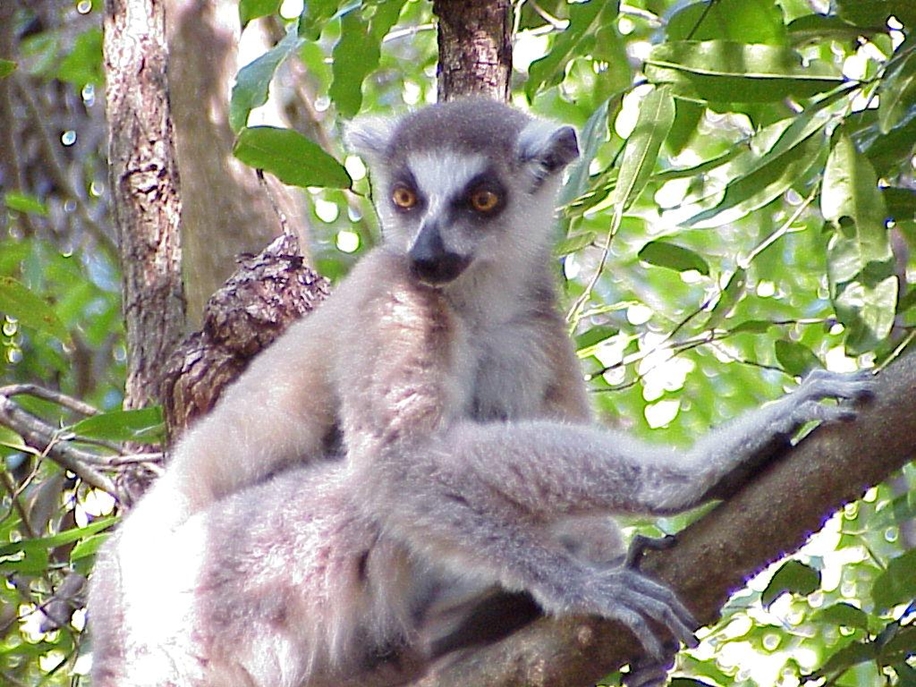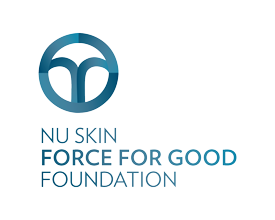Mt. Angavokely, 22 kilometers east of the capital city of Antananarivo, is one of the last remaining bits of high-altitude rainforest in all of Madagascar. It is home to over 120 species of rare and endangered orchids. The forest is also an important watershed for three local communities totaling over 20,000 inhabitants.
Seacology is working with the Malagasy environmental organization ARCVERT, faculty from the University of Antananarivo and Uppsala University, and the Service des Stations Forestières to establish a 695-hectare (1,717-acre) national park. A new park will preserve this valuable forest, protecting the rare orchids that grow there. It will also provide welcome recreational opportunities to the residents of Antananarivo.




